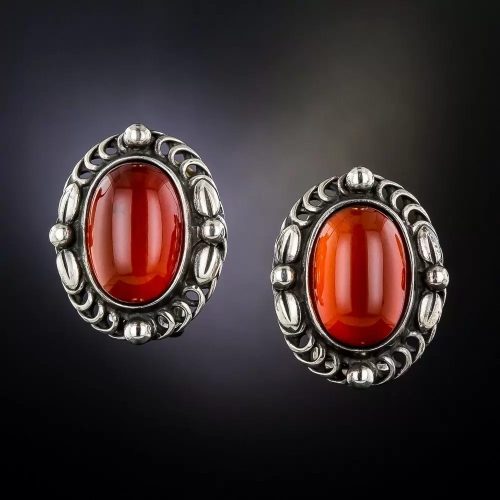
The quality and quantity of light reflected from the surface of a gemstone. Luster depends on the refractive index and the polish or surface condition of the gemstone. The ability to take a good polish is much related to the hardness of a gemstone, hence gemstones with a large refractive index as well as a relatively high hardness have the highest luster. The mineral sphalerite is one of the exemptions to this rule as it has a low hardness of 3.5 on Moh’s scale but still has a subadamantine luster.
Luster
| Luster | Description |
|---|---|
| Metallic | Metallic luster is the highest luster. Found on gems with a refractive index of 2.5 or higher. Equivalent to the polish on a metal object. Example: Hematite. |
| Submetallic | Submetallic luster is slightly less lustrous than metallic. |
| Adamantine | Adamantine luster is the luster exhibited by Diamonds and gems with a Refractive Index of 1.9 – 2.5. |
| Subdamantine | Subadamantine luster is slightly less than that of a diamond. Example: Zircon. |
| Vitreous | Vitreous is defined as a glass-like luster. Gems with a R.I from 1.3 – 1.8. Example: Moonstone can exhibit a Vitreous luster. |
| Subvitreous | Subvitrious luster is somewhat less glass-like. |
| Resinous | Resinous luster is that of a substance formed from resin. Example: Amber. |
| Greasy | Greasy luster is seen on Serpentine. |
| Waxy | Waxy luster describes the luster observed on Jadeite and Nephrite. |
| Dull | Dull luster describes the luster of Ivory. |
Pearl Luster is defined by the sharpness and brightness of reflections as seen on the surface of a pearl. The Gemological Institute of America classifies pearl luster into five grades.
Pearl Luster
| Grade | Description |
|---|---|
| Excellent | Reflections are uniformly bright and sharp. |
| Very Good | Slightly less defined, fairly sharp, bright reflections. |
| Good | Reflections are not clear but still fairly bright. |
| Fair | Reflections are very fuzzy and weak. |
| Poor | Reflections are non-existent or extremely weak. |